Caterpillar has a large number of heavy trucks and machines, therefore not possible to get the whole information, therefore we are explaining only those symbols and meanings that are not common and need a thorough understanding of these symbols.
Caterpillar Warning Symbols and Meanings -What They Are and Why You Should Be Concerned
DEF fluid Warning
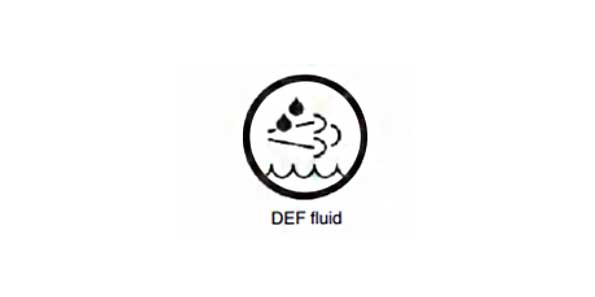
Two options are available but only one option will be enabled.
- The low-level warning lamp will operate when DEF level reaches the trigger point of below 19 percent.
- At Level 1 the low-level warning lamp in the DEF gauge will illuminate and the emission malfunction lamp will be on solid.
- At Level 2 the low-level warning lamp for the DEF is active and the emission malfunction lamp will flash.
- At Level 3 all level 2 warnings are operating, plus the stop lamp will become activated. The engine will shut down or will only operate at 1000 RPM. If installed, an audible warning will sound.
How to Fix?
Filling the DEF tank will remove the warning from the system.
See Manual PAGE 40 for further information of Def Fluid Warning later in this article.
More: Toyota Dashboard Symbols and Meanings
Emissions Fault Warning
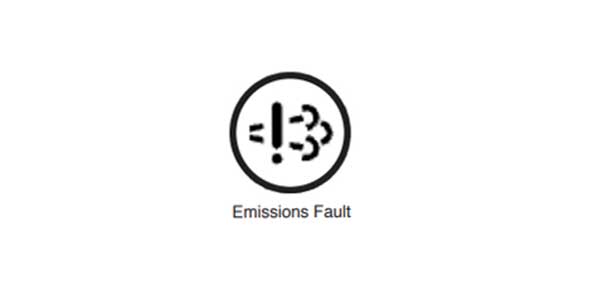
Any warning should be investigated immediately, contact with Cat dealer. The system is equipped with an override option. Once the override option has been used and the fault still exists, the engine will be locked in de-rate or shutdown mode.
- At Level 1 the emission malfunction lamp will be on solid.
- At Level 2 the emission malfunction lamp will flash.
- At Level 3 the emission malfunction lamp will flash and the stop lamp will activate.
- At Level 3 the engine may shut down or operate at 1000 Revolutions Per Minute (RPM).
- At Level 3 cycling the key switch will give 20 minutes override at full power before the shutdown or idle is triggered. The emission malfunction lamp will continue to flash. If installed, an audible warning will sound.
The emission system is built in accordance with federal rules, therefore it will activate the emission alert if the vehicle pollutes the air more than is allowed.
How to Fix?
To find the source of the problem and find a fix, you must call a professional who will examine the engine and exhaust system. When the engine oil is low or the emissions system is malfunctioning, the engine typically burns gasoline improperly.
Therefore, the only option is to call a mechanic, who can identify the underlying problem and solve it. Also, to avoid polluting the environment, you should turn off your car as soon as the emissions signal illuminates.
See Manual PAGE 40 for further information on Def Fluid Warning later in this article.
Engine Oil Pressure
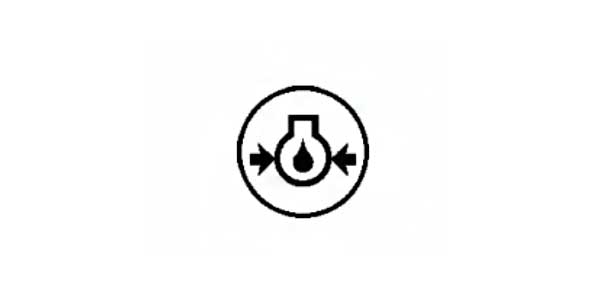
The oil pressure should be greatest after a cold engine is started. The typical engine oil pressure with SAE10W40 is 350 to 450 kPa ( 50 to 65 psi) at rated rpm
How To Fix?
Lower oil pressure is normal at low idle. If the engine speed and load are stable and the gauge reading changes, perform the following procedure:
- Remove the load.
- Stop the engine.
- Check and maintain the oil level.
Coolant Temperature
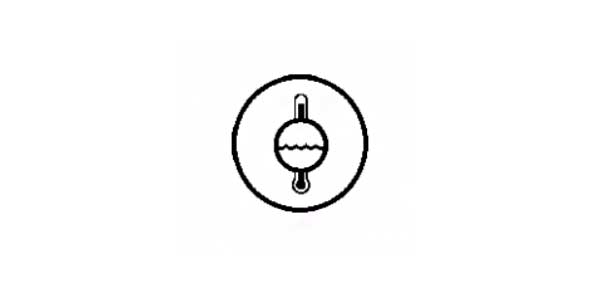
The typical temperature range is 82° to 94°C (179.6° to 169.2°F). This temperature range will vary according to engine load and ambient temperature.
If the engine is operating above the normal range, reduce the engine load. If high coolant temperatures are a frequent event, perform the following procedures:
How To Fix?
- Reduce the load on the engine.
- Determine if the engine must be shut down immediately or if the engine can be cooled by reducing the load.
- Inspect the cooling system for leaks. If necessary, consult your Caterpillar dealer for assistance.
Tachometer
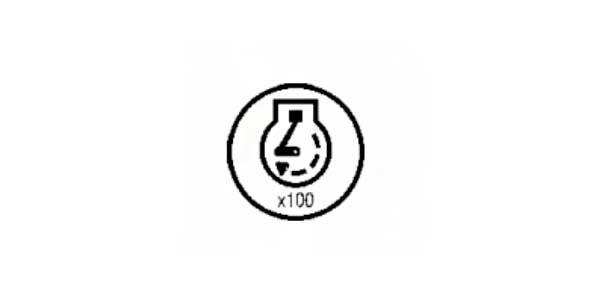
This gauge indicates engine speed (rpm). When the throttle control lever is moved to the full throttle position without load, the engine is running at a high idle. The engine is running at the full load rpm when the throttle control lever is at the full throttle position with maximum rated load.
How To Fix?
To help prevent engine damage, never exceed the high idle rpm. Overspeeding can result in serious damage to the engine. Operating at a Low Speed will fix this problem.
Battery Disconnect Switch (If Equipped)
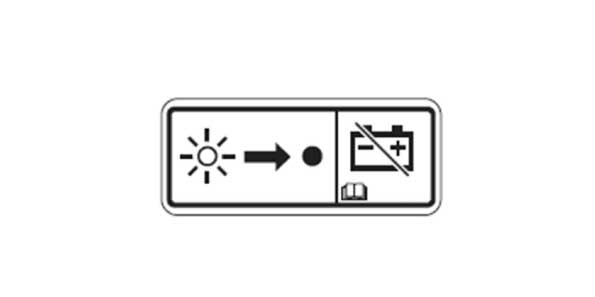
Do not turn off the battery disconnect switch until the indicator lamp has turned off. If the switch is turned off when the indicator lamp is illuminated the Diesel Exhaust Fluid (DEF) system will not purge the DEF. If the DEF does not purge, DEF could freeze and damage the pump and lines.
Never move the battery disconnect switch to the OFF position while the engine is operating. Serious damage to the electrical system could result.
Ammeter
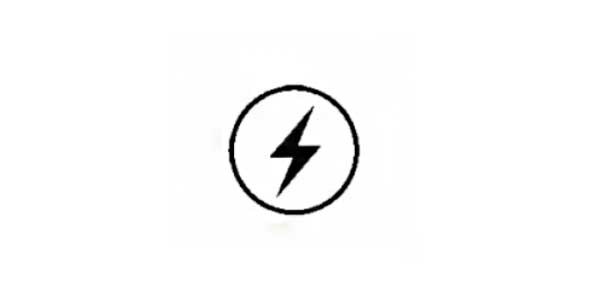
This gauge indicates the amount of charge or discharge in the battery charging circuit. Operation of the indicator should be to the “+” side of “0” (zero).
Flashing Codes
Some engine applications are equipped with Indicator Lamps. Indicator lamps can be used as a diagnostic aid. There are two lamps. One lamp has an orange lens and the other lamp has a red lens.
These indicator lamps can be used in two ways:
- The indicator lamps can be used to identify the current operational status of the engine. The indicator lamps can also indicate that the engine has a fault. This system is automatically operated via the ignition switch.
- The indicator lamps can be used to identify active diagnostic codes. This system is activated by pressing the Flash Code button
Code
- DEF fluid Warning
- Emissions Fault Warning
SMCS Code: 1091-WXX; 7400
Code
Battery Disconnect Switch
SMCS Code: 1411
Code
- Tachometer
- Coolant Temperature
- Engine Oil Pressure
- Ammeter
SMCS Code: 7450
For More Info: https://www.cat.com/
